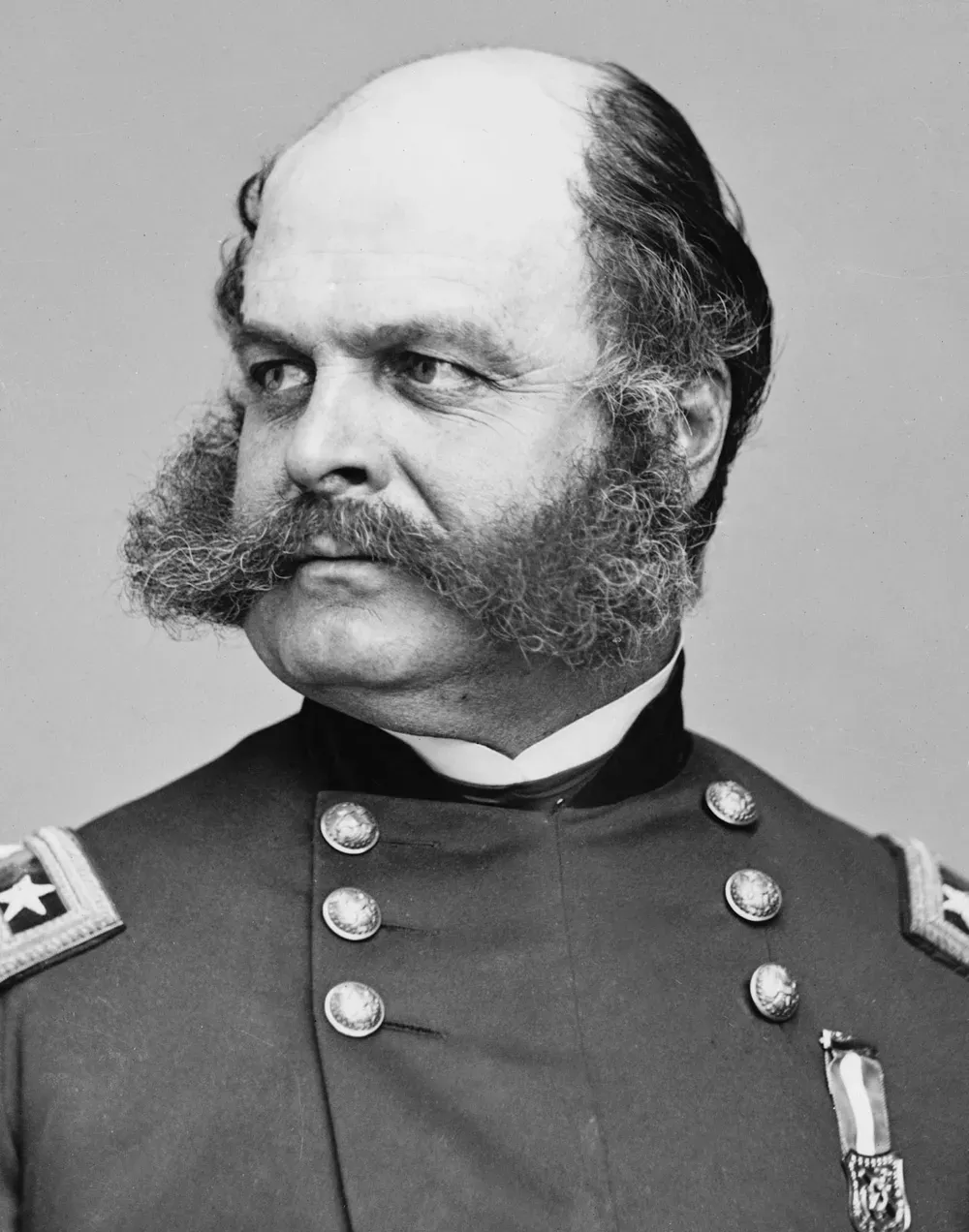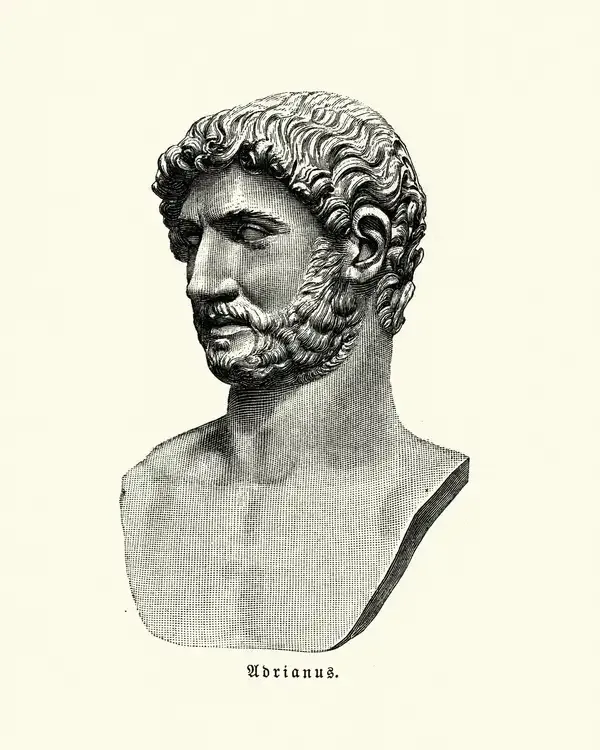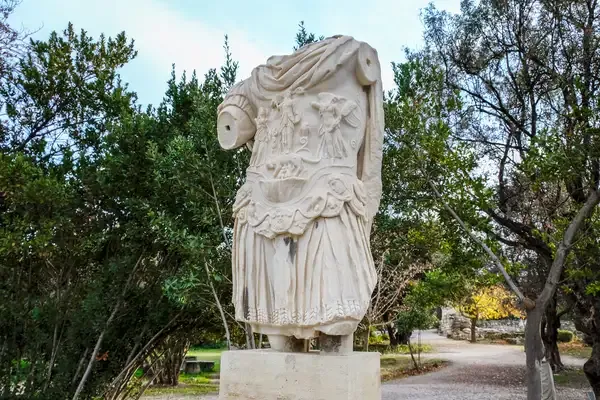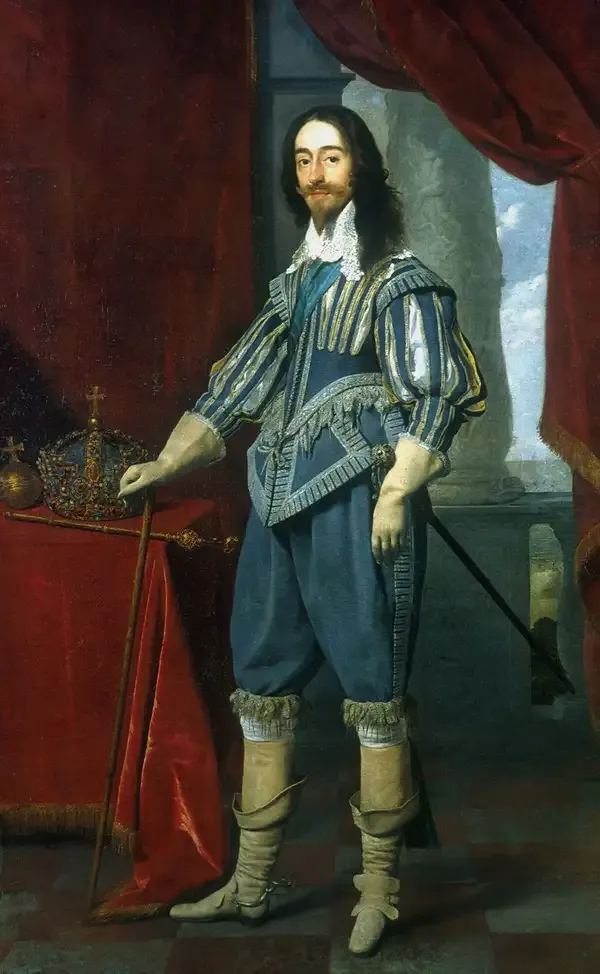Famous Mustaches in History
Throughout history, mustaches have adorned the faces of many influential figures, symbolizing power, style, and eccentricity. Salvador Dalí's surreal, upturned mustache mirrored his artistic genius, while Albert Einstein's iconic facial hair became synonymous with his image as a brilliant physicist. The handlebar mustache of Wyatt Earp, a legendary lawman of the American West, added to his rugged persona. Meanwhile, Charlie Chaplin's toothbrush mustache became a hallmark of his comedic character, the Tramp, leaving a lasting cultural impact.

Mustaches have long been a symbol of masculinity, style, and sometimes even rebellion. Throughout history, many famous figures have sported iconic mustaches that not only defined their personal style but also left an indelible mark on culture and society. In this article, we will explore some of the most famous mustaches in history, analyzing their impact and relevance. Below is a chart that highlights various notable figures and their unique mustache styles.
Chart of Famous Mustaches in History
| Personality | Era | Mustache Style | Significance |
|---|---|---|---|
| Albert Einstein | 20th Century | Iconic bushy mustache | Symbol of genius and creativity |
| Salvador Dalí | 20th Century | Upturned, flamboyant mustache | Embodiment of surrealism and artistic expression |
| Freddie Mercury | 20th Century | Thick, classic mustache | Rock icon and LGBTQ+ symbol |
| Tom Selleck | 20th Century | Full, bushy mustache | Symbol of masculinity in pop culture |
| Mark Twain | 19th Century | Distinctive wide mustache | Influential author and humorist |
| Charlie Chaplin | 20th Century | Small, toothbrush mustache | Icon of silent film and comedy |
| Hulk Hogan | 20th Century | Handlebar mustache | Professional wrestling icon |
| Winston Churchill | 20th Century | Traditional mustache | Significant political figure during WWII |
Each of these famous mustaches has a story to tell. From the genius of Albert Einstein to the artistic flair of Salvador Dalí, mustaches have often been more than just facial hair; they have represented personal identities, styles, and even historical movements.
Famous Mustaches and Their Cultural Impact
Albert Einstein's mustache is perhaps one of the most recognizable in history. His bushy, unkempt facial hair matched his eccentric genius. This mustache became a symbol of creativity and intellectual prowess, making Einstein an enduring icon of science and innovation.
Salvador Dalí, the Spanish surrealist painter, took mustache styling to new heights with his flamboyant, upturned mustache. It was not just a grooming choice but a statement of his artistic philosophy—pushing boundaries and challenging norms. Dalí’s mustache became as famous as his paintings and is often associated with the surrealist movement.
Freddie Mercury, the legendary frontman of Queen, sported a thick mustache that became synonymous with rock music in the late 20th century. His mustache was more than just a style; it represented a bold statement in the LGBTQ+ community and became an enduring symbol of pride and self-expression.
Tom Selleck, with his classic bushy mustache, defined masculinity in the 1980s. His role in "Magnum P.I." not only made him a household name but also solidified the mustache as a staple in men's fashion during that era.
Moving back in time, Mark Twain's wide mustache complemented his persona as a humorist and storyteller. Twain's facial hair symbolized his wit and charm, making him one of the most beloved authors in American literature.
Charlie Chaplin famously wore a small toothbrush mustache, which became a symbol of his character, "The Tramp." This iconic look played a significant role in defining the silent film era and remains a recognizable element of his legacy even today.
Hulk Hogan, the wrestling superstar, sported a handlebar mustache that became his trademark. This facial hair style contributed immensely to his larger-than-life persona in the world of professional wrestling.
Lastly, Winston Churchill's traditional mustache symbolized his leadership during one of the most tumultuous times in history. His mustache, along with his powerful speeches, rallied a nation and became a part of his indomitable legacy.
The Evolution of Mustache Styles
Mustache styles have evolved considerably over the centuries, reflecting changes in societal norms and personal expression. The mustaches of the 19th century often leaned towards the extravagant, while the 20th century saw a rise in more practical styles. Today, mustaches continue to evolve, with trends coming and going, but their significance remains steadfast.
In modern culture, mustaches have found their way into various movements, such as Movember, which raises awareness for men's health issues. This demonstrates the enduring relevance of mustaches, linking them to important social causes.
Conclusion
In conclusion, famous mustaches throughout history have served as powerful symbols of identity, culture, and expression. From iconic figures like Albert Einstein and Freddie Mercury to literary giants like Mark Twain, these mustaches have transcended mere fashion to become significant elements of their respective legacies. Whether you admire them for their aesthetic or the statements they make, it’s clear that mustaches will continue to be an enduring part of history and culture.
As we look forward, we can only wonder which modern icons will join the ranks of those with famous mustaches, leaving their mark on history, just as those before them have done.












